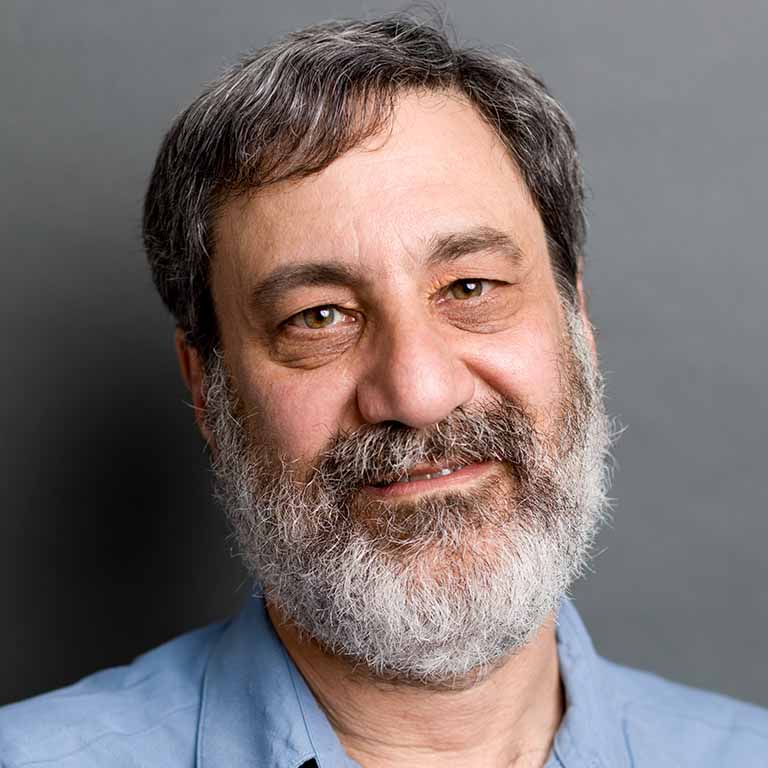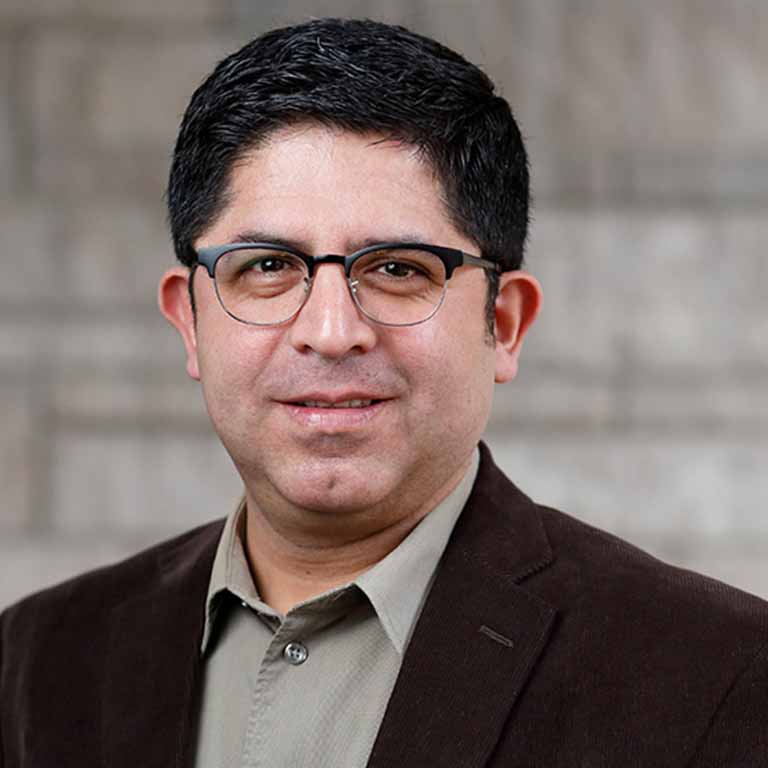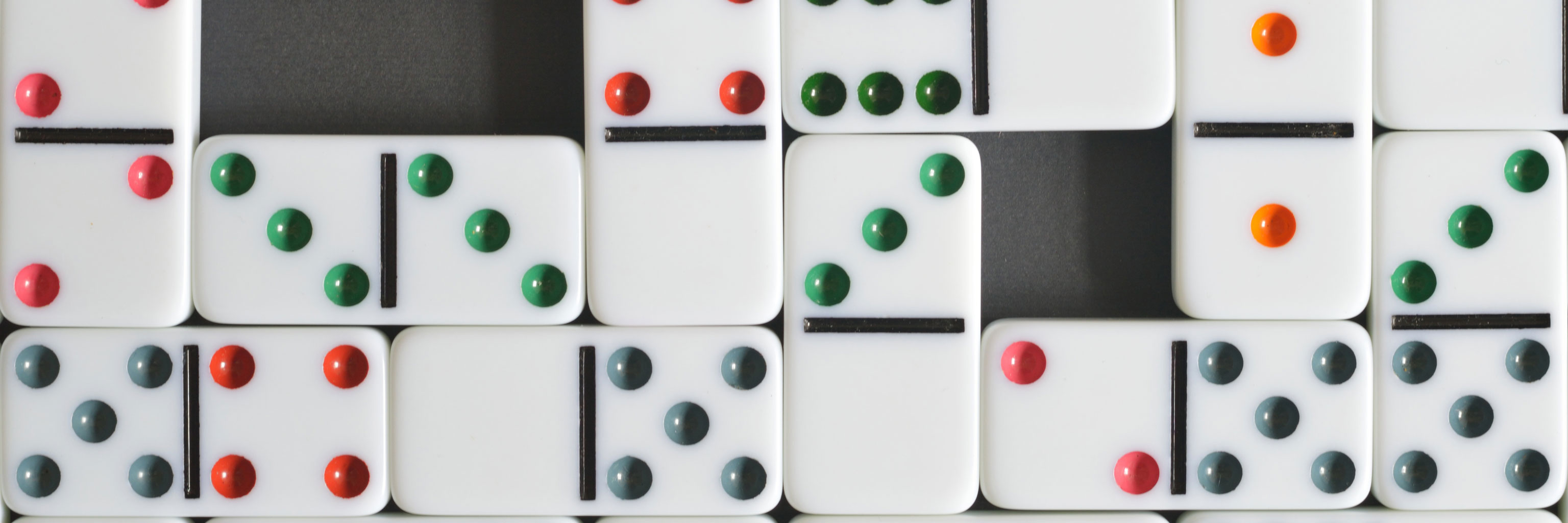


Why did you choose to teach a class on the mathematics behind maintaining a representative democracy?
Moss: I was trained in pure mathematics, but at heart my interests are in areas of mathematics that relate to the social world. I once taught an Honors course that covered some of the same material, but with a different set of topics. I am excited by the subject, so I jumped at the idea of teaching this class!
Razo: I think models facilitate understanding of complex social phenomena, especially when students are first learning a subject. I have taught undergraduate and graduate courses that apply mathematical models to decision making and public policy issues before, but this is my first time co-teaching a course. I am looking forward to that collaborative aspect. I am also very excited that our students will get a truly interdisciplinary perspective.
Why is it important for students to take this course? What knowledge or skills do you hope they gain?
We hope that students will learn that math is not about formulas and numbers, but rather about patterns and ideas. And we can find patterns and ideas in different settings, including politics.
Speaking of patterns in contemporary democracies, we find that these have at least two representative features that we usually take for granted. First, ordinary citizens are not directly engaged in the daily exercise of government that involves formulating and implementing policies. Rather, it’s public officials—representing the general public—who run the government. A second representative aspect comes from the most common type of participation we see in modern democracies, namely voting. Voters make individual decisions, but the main outcome of elections is a summary of the preferences of a group of voters—not a single person. In other words, electoral results represent the preferences of a large number of individuals.
As individuals, we might focus on voting purely as an individual decision to be active and elicit our own political preferences. However, voting—as a group activity—is essentially a mathematical operation that takes many inputs to produce a single output, a decision that represents a group rather than particular individuals. This realization opens up the possibility (and utility) of using mathematical thinking—including logic—to think critically about how voting systems—like majority rule, among many others—affect election outcomes and group decisions.
With our mathematical approach, students will gain general knowledge about the difficulties of any group of people to make decisions and get things done. Additionally, students will learn a basic toolset of mathematical concepts and skills that they can use in more advanced coursework, either within or outside of political science.
We hope that students will learn that math is not about formulas and numbers, but rather about patterns and ideas. And we can find patterns and ideas in different settings, including politics.
What type of students would you encourage to take this course?
We want to attract students who are just starting their undergraduate studies so they can start appreciating interesting connections between mathematics and the social sciences.
In terms of substantive interests, we hope to reach at least three distinct student groups: (1) pre-majors in Political Science; (2) pre-majors in the interdepartmental major in Economics and Political Science; and (3) students who want to add a deeper social science dimension to complement MATH courses such as M-118 Finite Mathematics and/or M-106 The Mathematics of Decision and Beauty.
Besides students with related interests, we really think that anyone could take this class. Learning about voting and decision rules offers general lessons that apply to all groups.
Students already face situations or will find themselves in situations where a group needs to make important decisions, so knowledge from this class will be relevant for many future professional and personal activities.
How does democracy work to make sure marginalized groups are represented?
This is a good question because it reveals at least two different manifestations of marginality. A common way to identify marginalized groups is in terms of substantive outcomes. For example, a certain group might not have similar educational resources or access to public services as the rest of society, revealing some type of concrete inequality after group decisions have been made.
But there are other ways to marginalize people that might not be readily apparent, which invites deeper analysis of underlying procedures that impact the formulation and implementation of public policies.
Our class enables this second way to identify marginalized people by exploring in advance whether certain voting rules will offer systematic advantages to certain people at the expense of others. This knowledge can empower individuals to call for better group decision rules.
All in all, there is no perfect system to make group decisions, but having knowledge of potential complications can help groups design systems that produce better democratic outcomes.
How does using a mathematic lens alter how we view democracy?
First, we do not think that a mathematical lens alters our view of democracy in unrecognizable ways because we plan a deeper analysis of common practices like voting. It’s not that we will redefine democracy or see it in a completely different way. However, the question does reveal the potential for mathematical approaches to add hidden perspectives that we wouldn’t otherwise appreciate.
With new insights, we gain deeper knowledge of how democracies work. For instance, being an informed citizen entails not just knowledge of concrete choices on the next ballot, but how group decisions are made in the first place. Using mathematics, we can reason carefully about group decisions, connecting this knowledge to guiding principles and actual practice of democracy in the real world.
Along these lines, students will learn that representing a group of people is neither an easy task nor is there a unique way to represent groups. Societies have devised different voting systems that have both advantages and disadvantages. We will also learn that deep knowledge of a voting system can enable some actors to game the system to pursue private interests at expense for the group.
All in all, there is no perfect system to make group decisions, but having knowledge of potential complications can help groups design systems that produce better democratic outcomes.
View this course
Learn about the Democracy minor
Photo credit (banner): Miguel Á. Padriñán, 2017, Pixabay.



 The College of Arts
The College of Arts